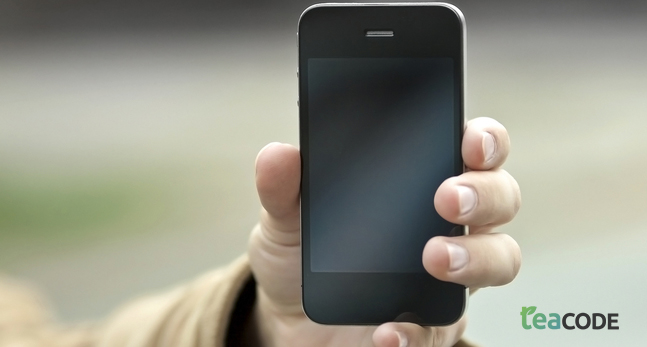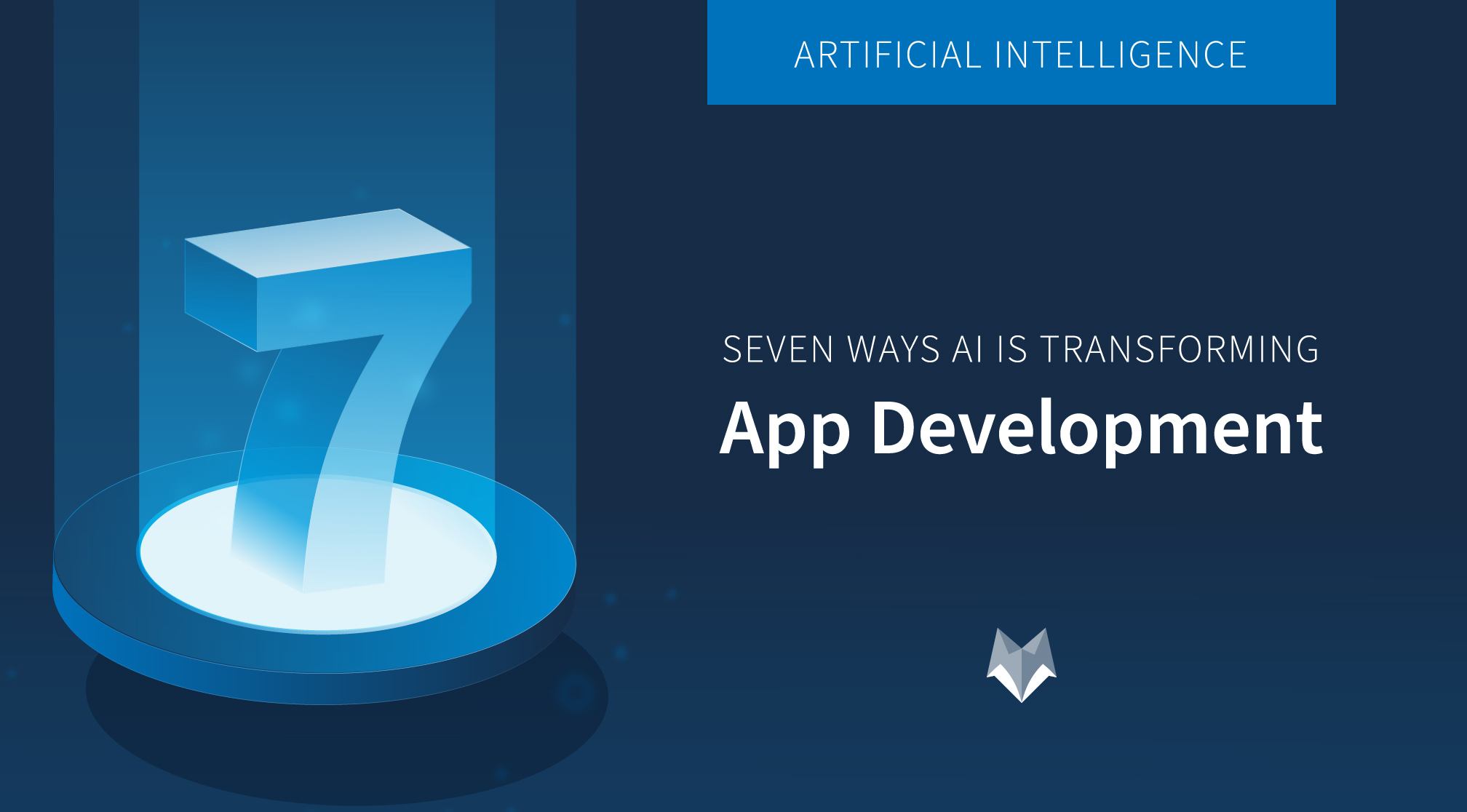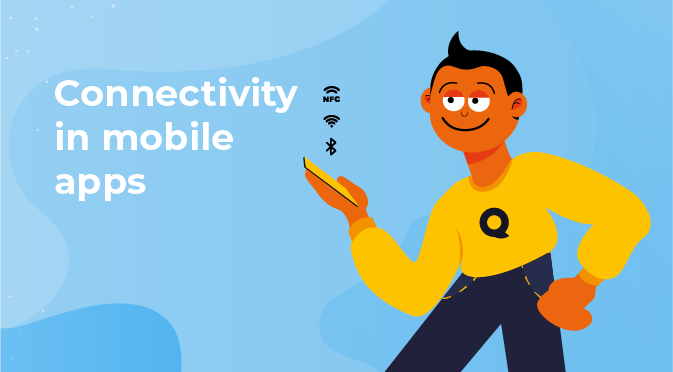Things you need to tick off before releasing your app
September 18th, 2020

This guest-post is courtesy of our partners at TeaCode.io.
There are so many kinds of apps that are being developed and submitted to the App Store on a daily basis and all the expectations and demands to hit the brief can be very intimidating. This is why we want to guide you through a very important fraction of it - all the things that you need to do right before releasing your app.
As it all is usually being taken care of pretty late in the timeline it is very often neglected or forgotten about. Or simply, people are too much in a hurry to properly focus on it. I would venture to say that the final part of the development process is crucial in order to nail the release of your product to the App Store. The most self-respecting professional developers will guide you through the whole process of development, deployment and the store verification of your product so that you do not have to do it alone. Sadly, sometimes people have to take care of it themselves. This is when this article truly comes in handy!
Nearly all of the App Store Optimization steps are vital when it comes to succeeding on the market. Some of them may be obvious for the more experienced readers, yet we decided to keep them here for the sake of beginners. Let’s see what you need to prepare and decide on, shall we?
1. Study your contenders
Scroll through the App Store and search for similar apps to yours. Analyze both the apps and all the other provided traits, such as screenshots, mockups, description and anything else that is provided. This way, you can learn a lot about your competitors’ strengths and take advantage of their weaknesses.
2. Check compatibility, rendering and the size of your app
Make sure that your app will run freely on the versions of Android and iOS that you chose earlier on, name the oldest versions of operating systems.
A well-rendered app will easily load on all kinds of screen sizes and pixel densities. It is important to remember about it unless you do not want to call your app scalable.
Do not forget about the fact that in both Google Play and App Store in order to download the app using mobile network (not WiFi) it has to be 100 MB maximum. Any bigger ones will have to be downloaded outside the cell network.
3. Decide on pricing
It makes a big difference whether an app in the store is free of charge or not. An important thing to note is that it is impossible to change from a free to priced app later on. Pricing also affects the regions where your app can be downloaded in the world. There are still some places that do not support paid downloads and in-app purchases.
4. Decide on launch date
Find a suitable moment for your app to be launched officially. You may want to think it through as it is not launching your app as soon as it is possible that gives you the best results. What works way better is making the buzz around it and its content beforehand! Also, bear in mind that your launch date should not be on the same day as any of the special events on the industry or ‘busy’ calendar days when people have other things pulling them away from the store.
5. Choose the distribution area
Think about your target audience, analyse the market or go big and allow the downloads from all over the world! Remember that (especially if the language of your app is not English by default) you should provide all the necessary translations.
6. Write a catchy description
Remember that it should be a rather short, highly informative text that sticks to the policies of your brand. You may want to ask yourself how formal do you want it to be and what tone you want to use. You should not exceed 30 words range and not overuse the app keywords. However, done right app keywords for ASO can be very helpful.
7. Do the screenshots
Prepare all the screenshots and decide on which ones of them are the most representative. Make sure that you have a neat landing page that you can freely brag about and some nice layout.
8. Create mockups
Put the screenshots into mockups that are store optimised. This makes it easier for the app to go through the verification process and makes the whole arrangement look more professional.
9. Create a video teaser
This is another way of making people want to download your app. A nice video showing off all the nicest features can really do miracles. Especially if you decide to release it earlier on as a part of your marketing strategy.
10. Focus on social media & Internet marketing strategy
Think about it months before the planned launch date. This way you can ensure yourself a good amount of downloads (clients) straight away. If you make an interesting campaign, people will be literally waiting for the day your app gets on the market. Consider creating social media accounts where you will post some teasing screenshots and videos. Your aim should be to hook people within a few weeks/months time so that they are willing to go straight to the App Store (or Play Store) as soon as your app is ready to download.
As you can see, the process of launching your app into the store is a much more complicated thing than a lot of people think. We advise you to take it into consideration and take care of all the mentioned above points at least a few weeks before the set launching date or before finishing off the development process. This way you ensure yourself the best start possible. Good luck!
Similar Articles

Posted on March 18th, 2021
The future of technology is AI and the future of AI is mobile. The latest data shows that the market size of artificial intelligence was valued at $27.23 billion in 2019, this figure is projected to reach $266.92 billion by 2027 (Fortune Business Insights, 2020).

Posted on February 24th, 2021
This guest-post is courtesy of our partners at Input Logic.

Posted on December 11th, 2020
Today nobody can imagine life without smartphones. They connect us with our friends and family, and provide entertainment and access to social media. That is why mobile phones have become an integral part of everyday life.




